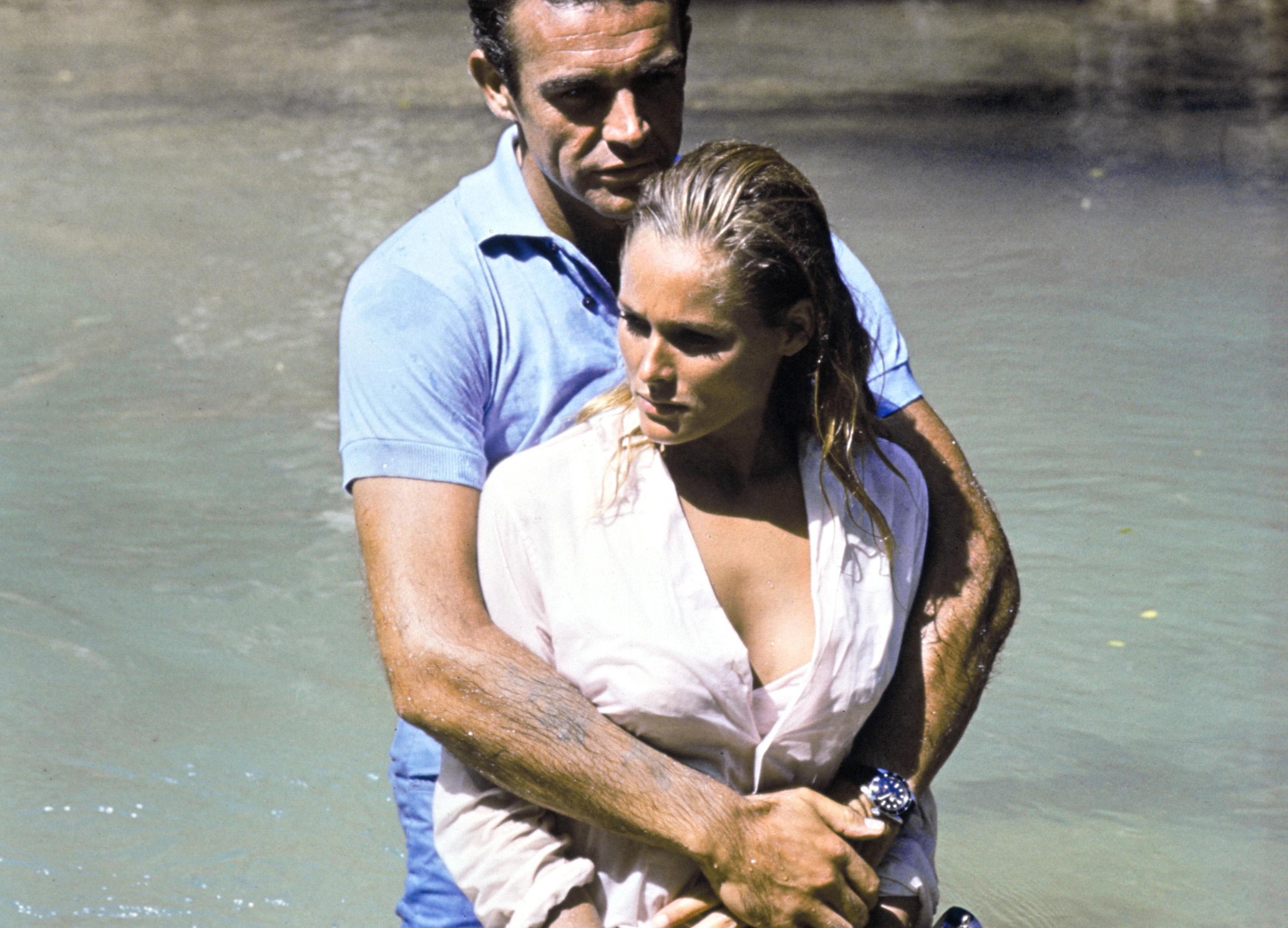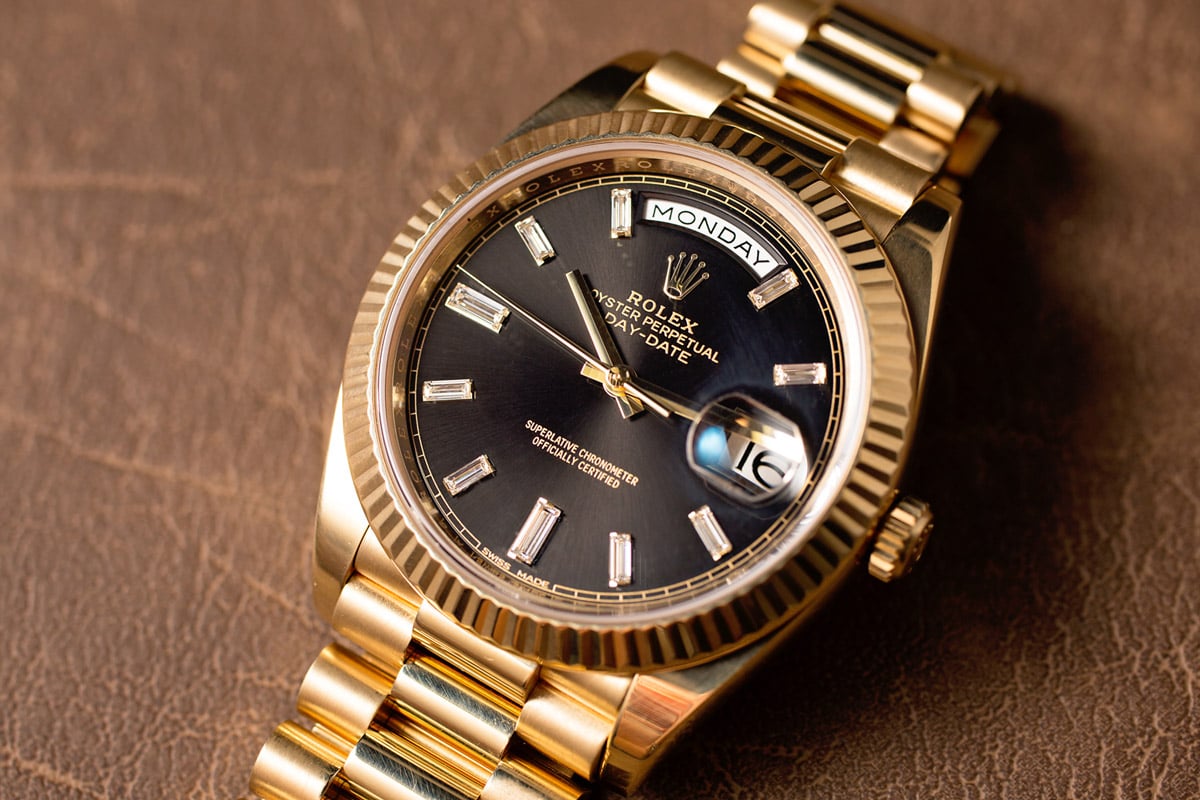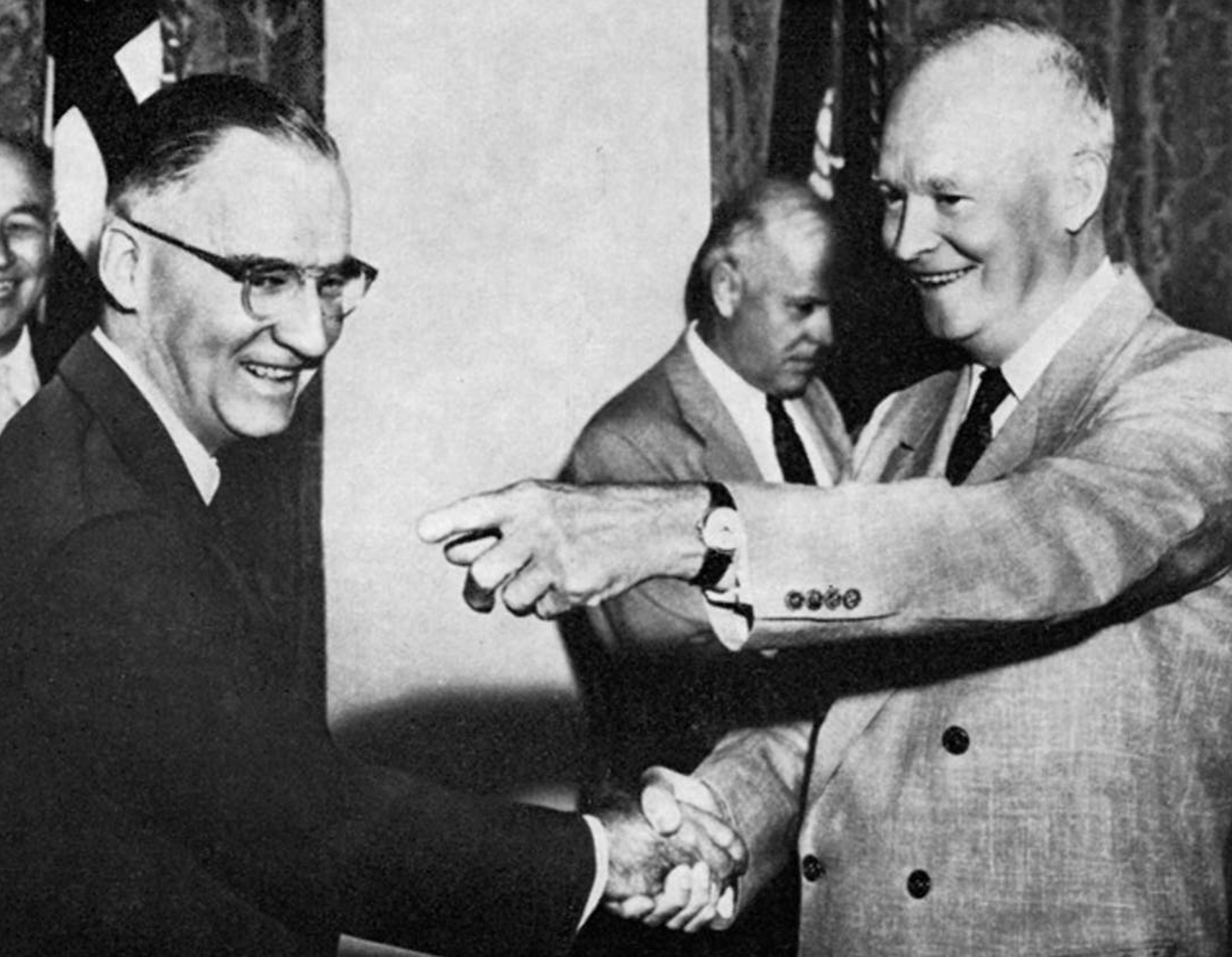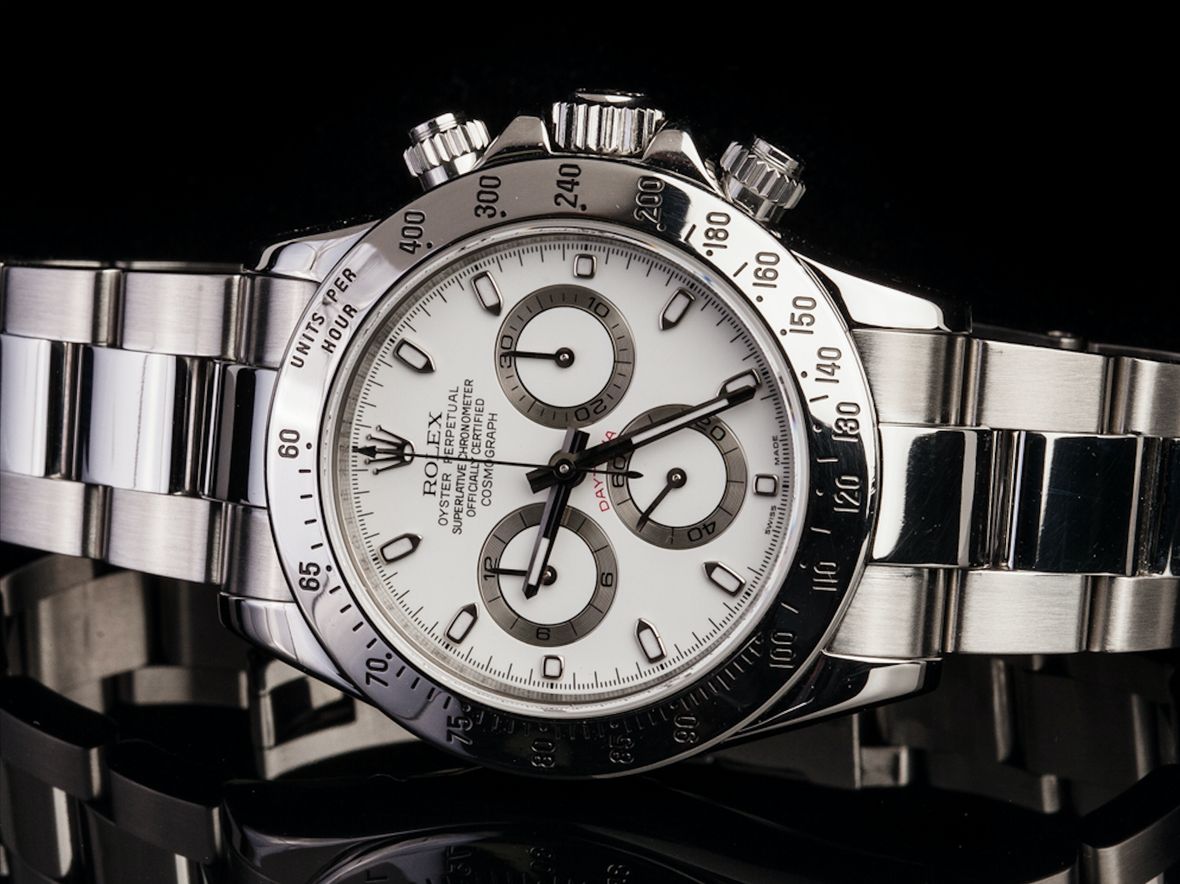If you’re a regular reader of the Bob’s Watches blog, you’ll know that we are fans of changing the straps and bracelets of our Rolex watches. It’s a simple and economical way to completely change the look of a Rolex. From sporty metal bracelets to classic leather straps to elegant suede bands to robust rubber straps to military-inspired NATO bands, the choices are endless. If you’ve never removed the bracelet from your Rolex before, it can be a daunting undertaking at first. But not to worry, read our handy guide on how to change straps and bracelets on a Rolex watch and soon you’ll be a pro.

Step 1: Tools Needed to Change Straps and Bracelets on a Rolex
To change the straps and bracelets on a Rolex, you’ll need a couple of tools.
- A spring bar tool. Alternatively, if you don’t have a spring bar tool, you can use a pushpin, a paperclip or even a few sturdy wooden toothpicks. Any of these will work.
- A soft cloth to lay your Rolex on while you’re working on it.
- A small dish or tray to hold small pieces.
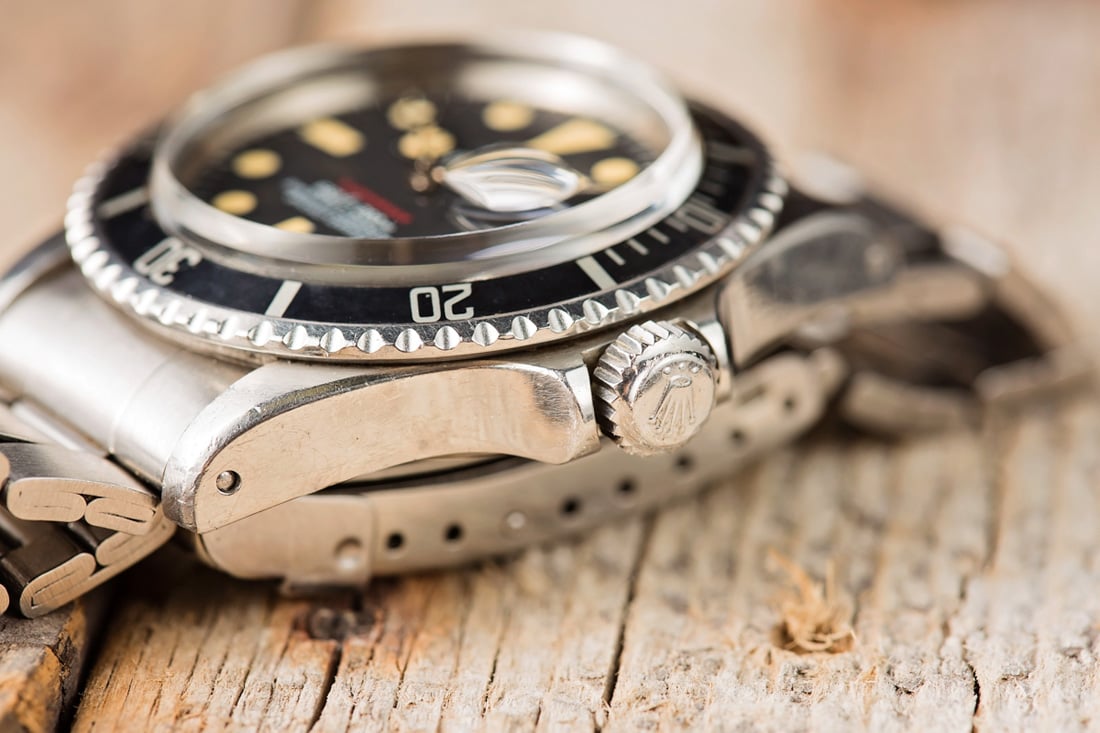
Step 2: Does Your Rolex have lug holes or not?
If you take a look at the lugs on your Rolex watch—the metal protrusions that extend out from the case where the bracelet is attached—take note if there are any holes on the sides or not. Older Rolex models have holes on the lugs while newer models typically don’t.
As you can imagine, changing straps and bracelets on a Rolex with holes in the lugs is easier than if there aren’t any. But either way, it can be done; it’s just a slightly different approach.
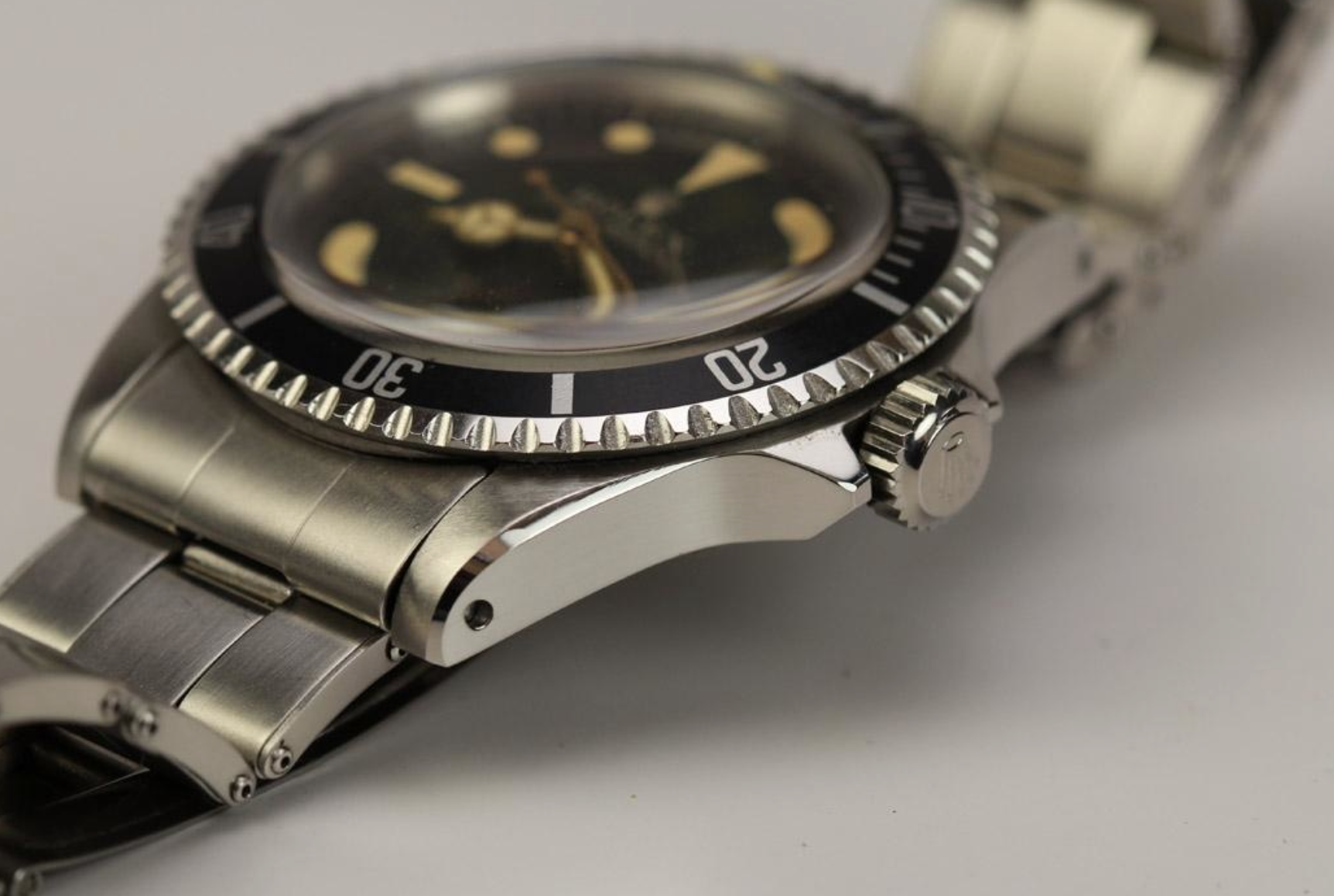
Step 3A: Removing the Bracelet on a Rolex with Lug Holes
On a Rolex watch, the bracelet is secured to the case via spring bars. Therefore, to remove the bracelet, you have to dislodge the spring bars that are fitted into the lug holes. So if your Rolex has lug holes, you simply have to insert your spring bar tool into one hole to retract one end of the spring bar, which—with a bit of nudging around—will eventually free your bracelet from the case. If you do not have a Rolex spring bar tool you can alternatively use a pushpin, paperclip or toothpick, but we recommend using the Rolex spring bar tool.
When one end of the bracelet has been removed from one end of the case, pull the spring bar out from the bracelet end link and set it aside in your tray. Repeat the same step on the other side of the case to remove the other end of the bracelet from the case. Again, pull the spring bar out from that end link and place it in the tray.
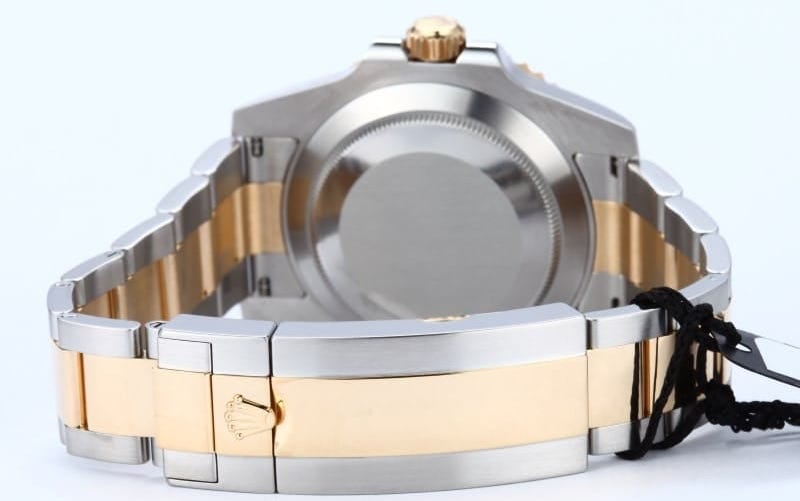
Step 3B: Removing the Bracelet on a Rolex without Lug Holes
If you’re dealing with a Rolex watch without lug holes, hold your Rolex with the caseback facing towards you and you will see four small spaces where the bracelet spring bars are attached to the lugs. Using your tool, push the one side of the spring bar away from the lug through the small space until it dislodges from the lug. Repeat on the other side of the same spring bar until the bracelet is completely removed. Pull the spring bar out from the bracelet end link and set it aside in your tray. Repeat the same process on the other side of the case.
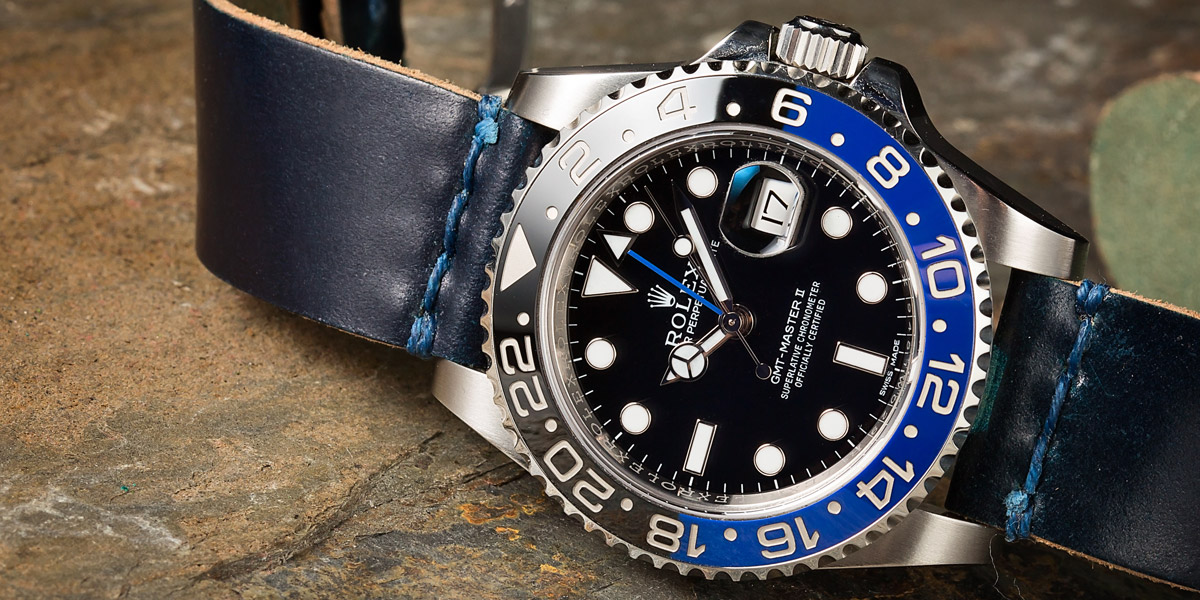
Step 4: Attaching another Band to your Rolex
Take the other band, let’s say a leather strap, that you want to attach to your Rolex. Thread one spring bar from your tray into the leather loop side that will attach to the case side. Hold your Rolex with the caseback facing towards you. Align the leather strap with the spring bar on top of lugs, and using your tool, press one end of the spring bar back, push the bracelet down slightly so that the spring bar releases back into the hole for a secure fit.
Repeat this step on the other side of the same strap piece. Wiggle the strap a bit to ensure that both ends of the spring bar are perfectly fitted into the holes. Repeat the same steps with the other leather piece and spring bar to attach it to the other side of the case.
A new strap on your Rolex can completely change up the look of your watch. Whether you like leather, NATO straps or the original bracelet it comes with, knowing how to change the strap/bracelet is important.


